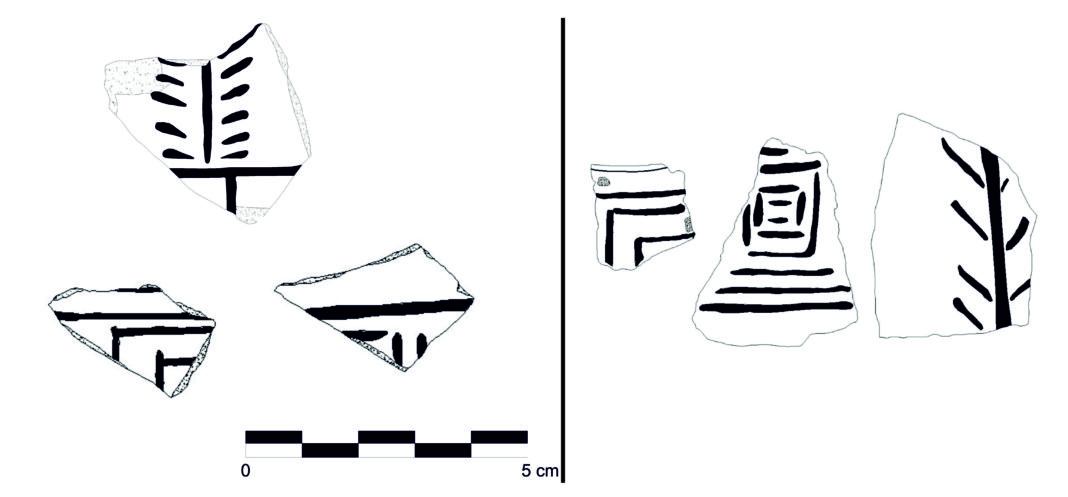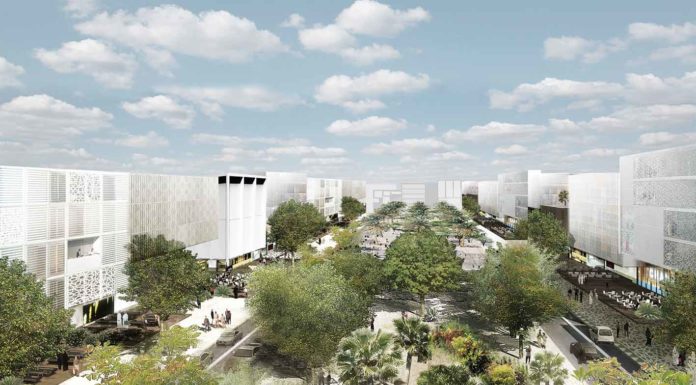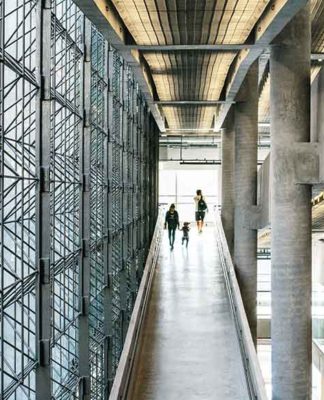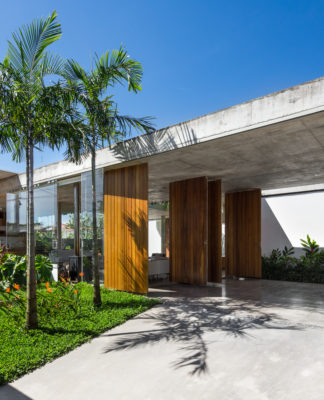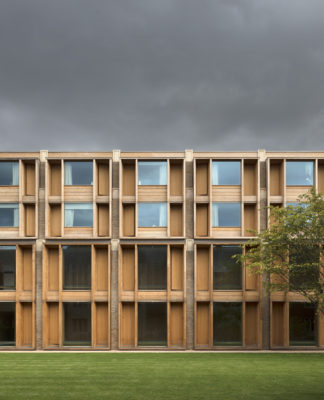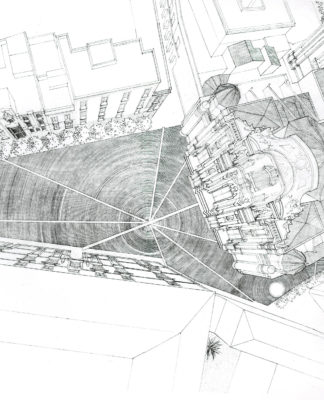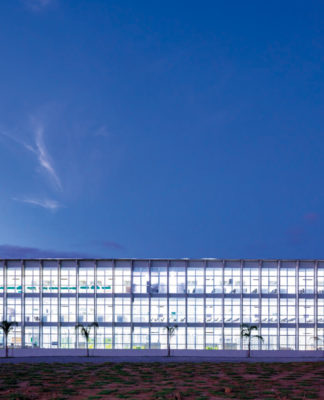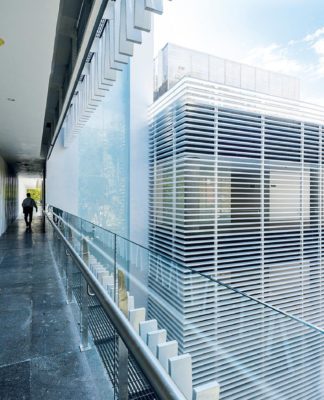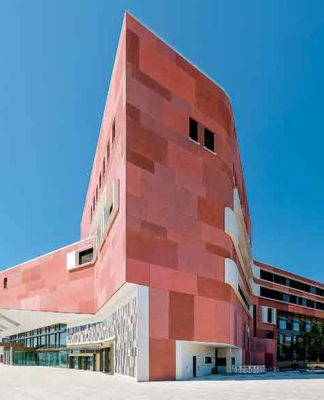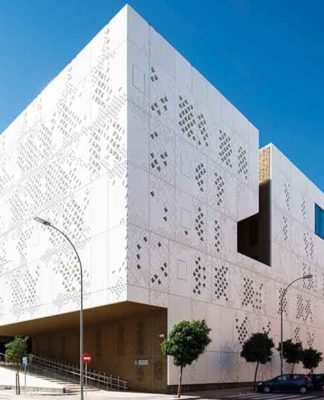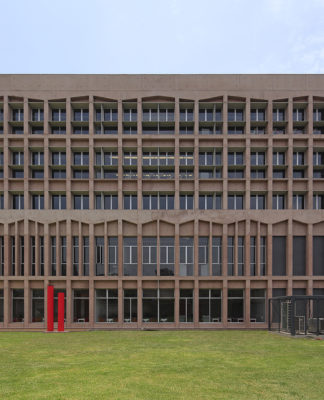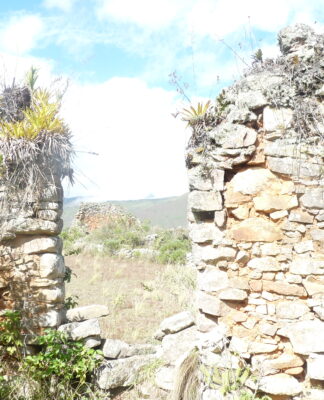GUELLAYHUASIN: UN SITIO FORMATIVO EN LA CUENCA DEL RÍO TINGO (PALLANCHACRA-PASCO).
Anthony Villar Quintana y Jhon Zuñiga Tapia
Introducción:
Desde la realización del inventario de sitios arqueológicos realizado por el historiador Marino Pacheco (1984), hasta el momento los estudios arqueológicos en la región Pasco son pocos. Sin embargo, en esta última década se observa un creciente interés por el área, donde se encuentran sitios tan impresionantes como Goñicutac, Guarautambo, Gorish (véase: Bueno 2010), Chawin Punta y Condorai (véase: Brown 2017), Gachgar, Antamarca, Tushipawain (véase Altamirano 2018), entre otros.
Nuestro trabajo pretende contribuir a estas investigaciones, mediante algunas de nuestras apreciaciones, en base a un reconocimiento superficial del sitio arqueológico de Guellayhuasin, realizando tomas fotográficas y planos de la arquitectura representativa (galerías subterráneas), así como la búsqueda de cerámica diagnostica en la superficie de los campos agrícolas próximos al sitio, con el fin de fotografiar y realizar dibujos técnicos de cada pieza, para luego dejarlas en el lugar donde se encontraron.
GUELLAYHUASIN: A FORMATIVE SITE IN THE TINGO RIVER BASIN TINGO (PALLANCHACRA-PASCO).
Anthony Villar Quintana and Jhon Zuñiga Tapia
Introduction:
Since the inventory of archaeological sites carried out by the historian Marino Pacheco (1984), until now, the archaeological studies in the Pasco region are few. However, in this last decade there has been a growing interest in the area, which includes impressive sites such as Goñicutac, Guarautambo, Gorish (see: Bueno 2010), Chawin Punta and Condorai (see: Brown 2017), Gachgar, Antamarca, Tushipawain (see Altamirano 2018), among others.
Our work aims to contribute to these investigations, through some of our appraisals, based on a superficial recognition of the archaeological site of Guellayhuasin, taking photographic shots and plans of the representative architecture (underground galleries), as well as the search for diagnostic ceramics on the surface from the agricultural fields near the site, in order to register and make technical drawings of each piece, and then leave them in the place where they were found.
#fotografías #photography: Anthony Villar Quintana and Jhon Zuñiga Tapia

